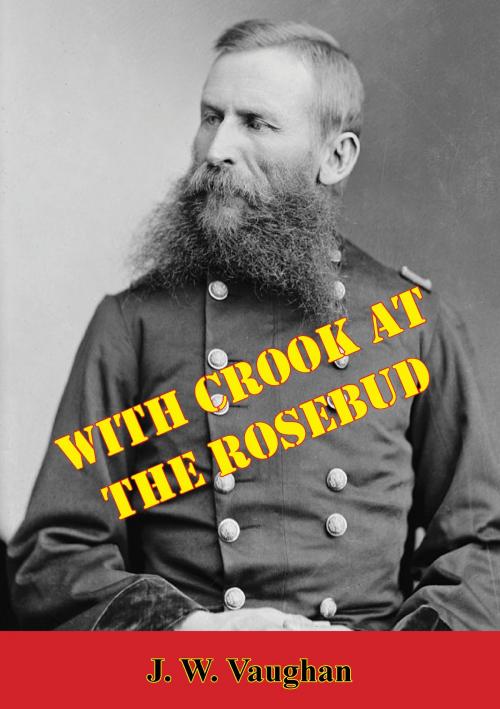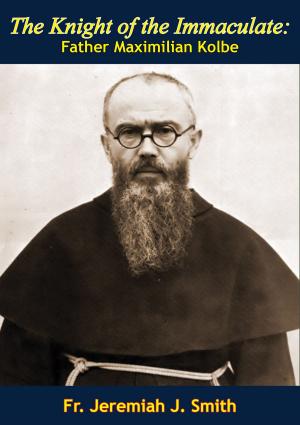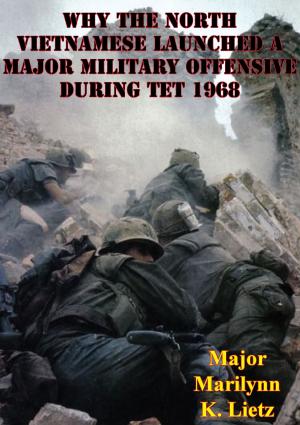With Crook At The Rosebud
Nonfiction, Social & Cultural Studies, Social Science, Cultural Studies, Native American Studies, History, Americas, United States, 19th Century, Biography & Memoir| Author: | J. W. Vaughn | ISBN: | 9781786254467 |
| Publisher: | Normanby Press | Publication: | November 6, 2015 |
| Imprint: | Normanby Press | Language: | English |
| Author: | J. W. Vaughn |
| ISBN: | 9781786254467 |
| Publisher: | Normanby Press |
| Publication: | November 6, 2015 |
| Imprint: | Normanby Press |
| Language: | English |
Though the battle of the Little Big Horn, June 25, 1876, received widespread publicity because of the magic personality of General George Armstrong Custer and the mystery surrounding the massacre of half of the 7th Cavalry regiment, the Battle of the Rosebud, thirty miles southeast and occurring one week earlier—virtually unknown except to a few students—involved more troops, had fewer casualties, lasted for most of a day, and was of far greater historical significance.
The Battle of the Rosebud covered an area four miles long east and west and two miles wide north and south along the banks of the little Rosebud River in southern Montana.
Northward into this territory in middle June, 1876, Brigadier General George Crook led a large column of U.S. Cavalry and Infantry. This column numbered in excess of 1325 soldiers, Indian allies, packers and miners besides some Army servants who were made part of the fighting force. Regarded at the time as the main force against the infractious Indians, the command was intercepted by a party of Sioux and Cheyennes under Crazy Horse at the big bend of the Rosebud River. After a battle which lasted nearly a day, General Crook was compelled to return to his base forty miles away on the present site of Sheridan, Wyoming.
Though the battle of the Little Big Horn, June 25, 1876, received widespread publicity because of the magic personality of General George Armstrong Custer and the mystery surrounding the massacre of half of the 7th Cavalry regiment, the Battle of the Rosebud, thirty miles southeast and occurring one week earlier—virtually unknown except to a few students—involved more troops, had fewer casualties, lasted for most of a day, and was of far greater historical significance.
The Battle of the Rosebud covered an area four miles long east and west and two miles wide north and south along the banks of the little Rosebud River in southern Montana.
Northward into this territory in middle June, 1876, Brigadier General George Crook led a large column of U.S. Cavalry and Infantry. This column numbered in excess of 1325 soldiers, Indian allies, packers and miners besides some Army servants who were made part of the fighting force. Regarded at the time as the main force against the infractious Indians, the command was intercepted by a party of Sioux and Cheyennes under Crazy Horse at the big bend of the Rosebud River. After a battle which lasted nearly a day, General Crook was compelled to return to his base forty miles away on the present site of Sheridan, Wyoming.



![Cover of the book Forty-One Years In India - From Subaltern To Commander-In-Chief [Illustrated Edition] by J. W. Vaughn](https://www.kuoky.com/images/2015/november/300x300/9781782898412-v6p2_300x.jpg)
![Cover of the book The Mutiny Of The Bengal Army: An Historical Narrative [Two volumes in One] [Illustrated Edition] by J. W. Vaughn](https://www.kuoky.com/images/2014/august/300x300/9781782895374-v5lL_300x.jpg)


![Cover of the book Thiet Gap! The Battle Of An Loc, April 1972. [Illustrated Edition] by J. W. Vaughn](https://www.kuoky.com/images/2014/august/300x300/9781782893844-YLYK_300x.jpg)



![Cover of the book The History of the French Revolution Vol I [Illustrated Edition] by J. W. Vaughn](https://www.kuoky.com/images/2016/november/300x300/9781787202801-U1vl_300x.jpg)
![Cover of the book Vietnam Studies - Cedar Falls-Junction City: A Turning Point [Illustrated Edition] by J. W. Vaughn](https://www.kuoky.com/images/2014/august/300x300/9781782893691-S0uZ_300x.jpg)


